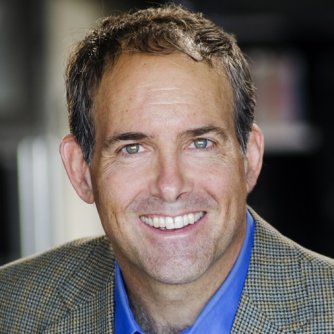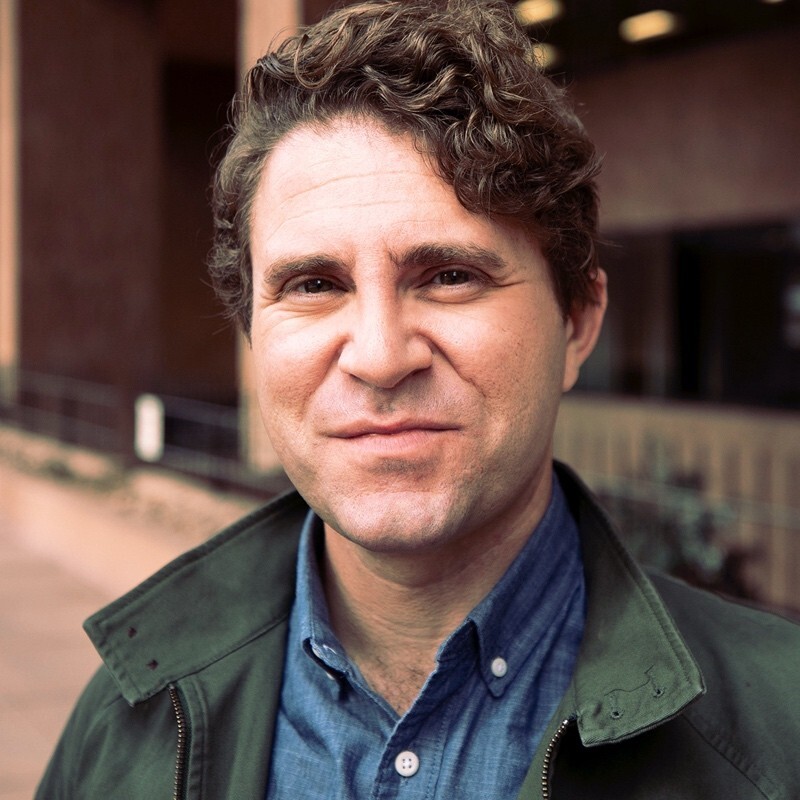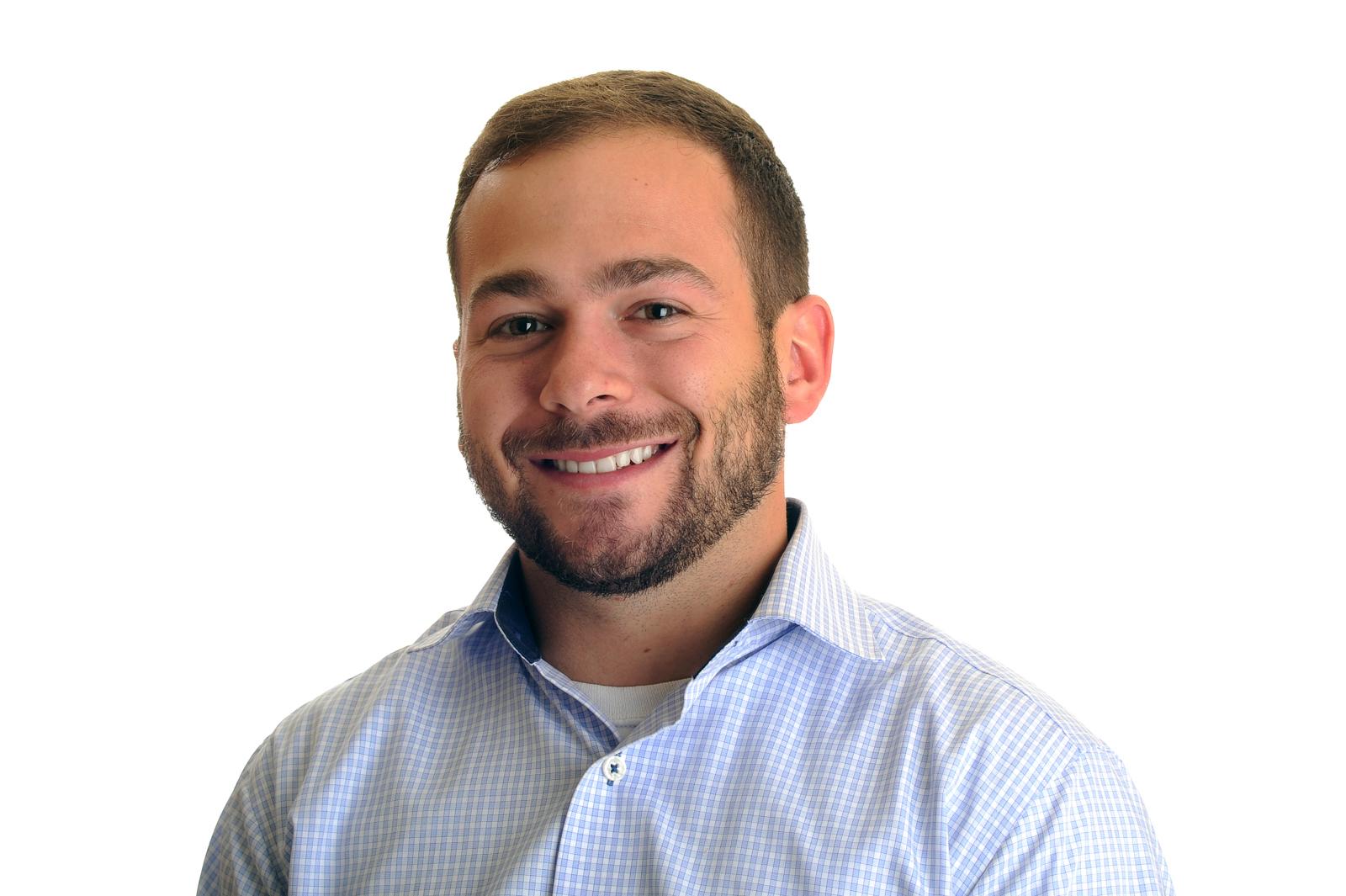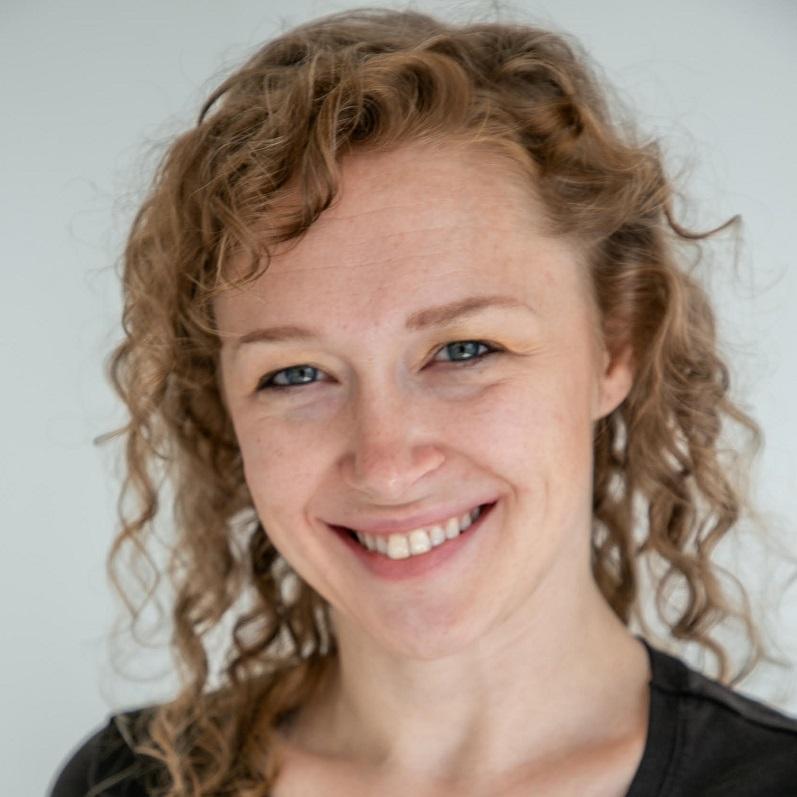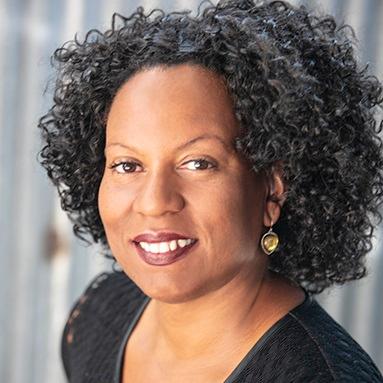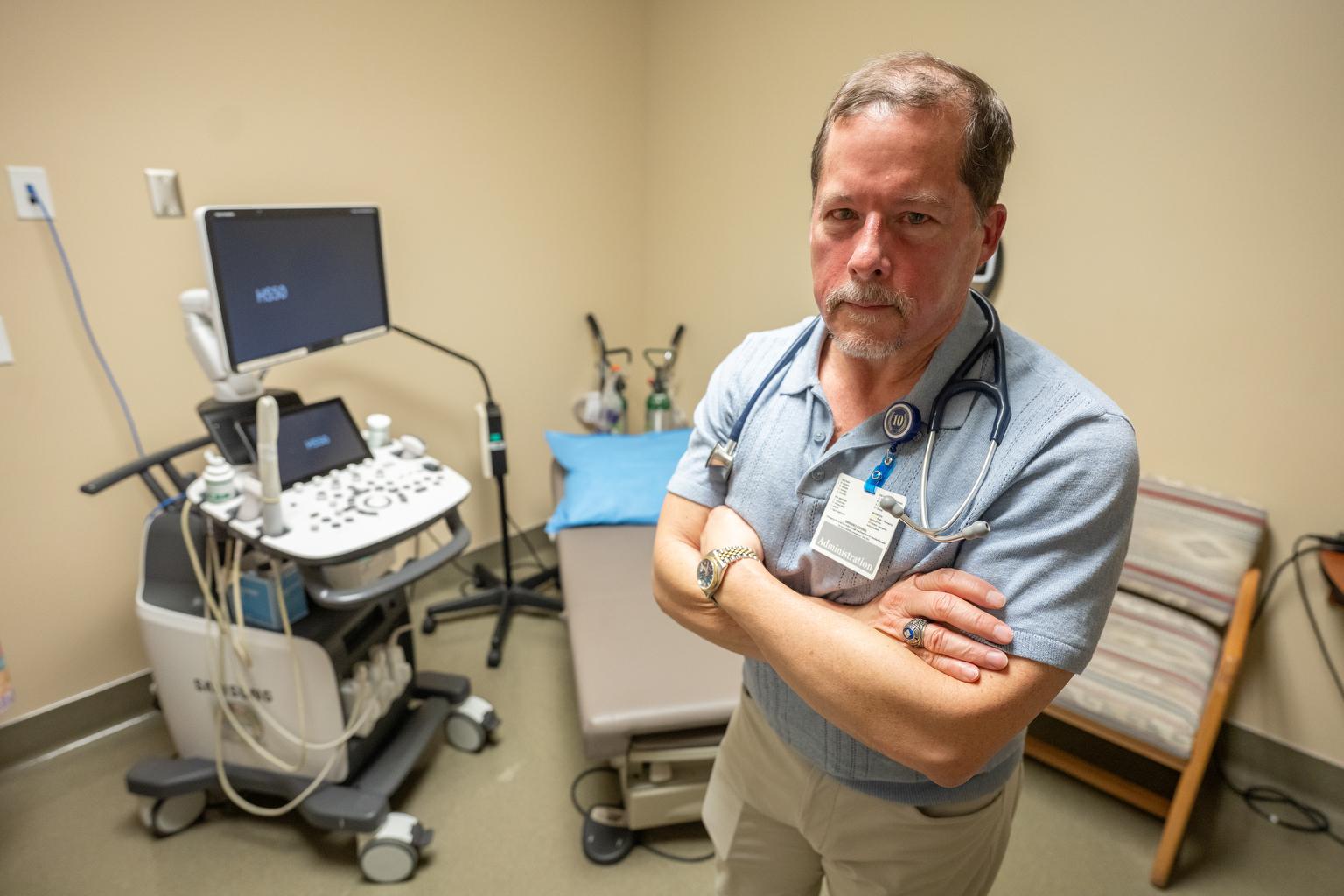
In the San Luis Valley in south central Colorado, clouds billow above the towering Sangre de Cristo mountains. A stiff wind blows, and uncertainty is in the air.
“I'm trying to be worried and optimistic,” said Konnie Martin, CEO of San Luis Valley Health in Alamosa. It’s the flagship health care facility for 50,000 people in six agricultural counties — Alamosa, Conejos, Costilla, Mineral, Rio Grande and Saguache.
The first numbers out of the GOP Congress about potential deep Medicaid cuts were “incredibly frightening,” Martin says “because Medicaid is such a vital program to rural health care.”
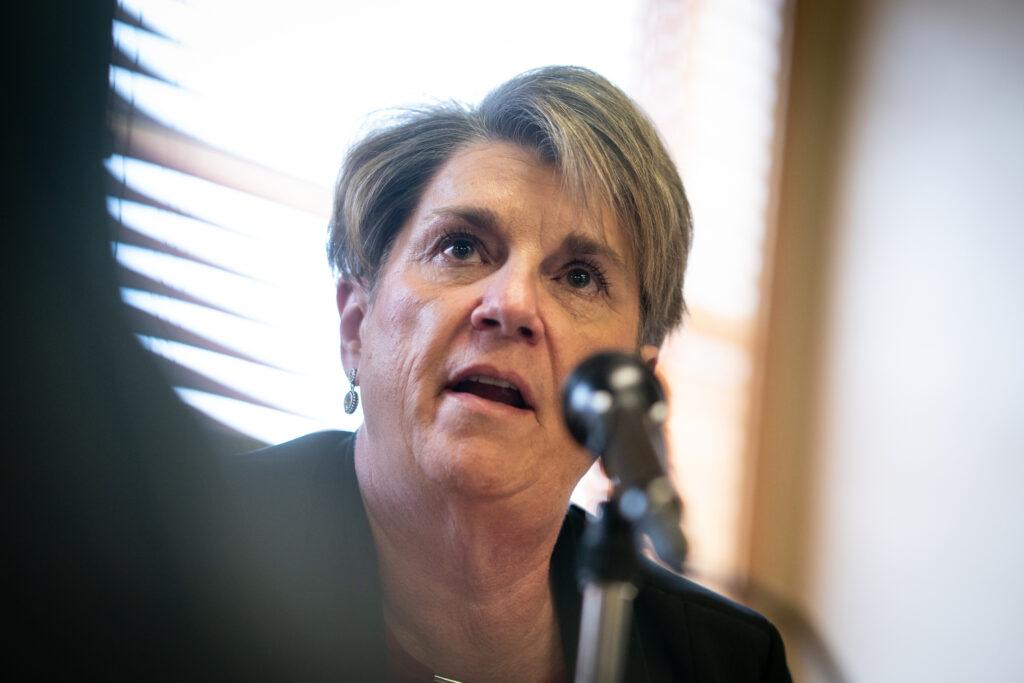
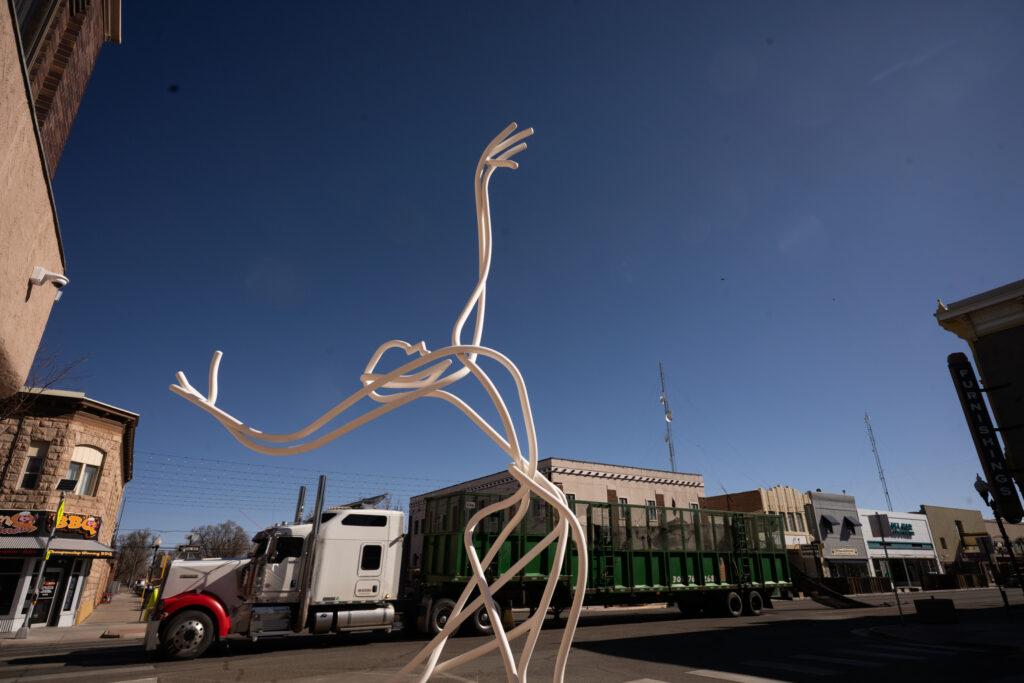
Across the hall from her office is Shane Mortensen, the chief financial officer. “The bean counter,” he said with a slight grin.
He showed, on a spreadsheet, the hospital’s annual budget, $140 million, of which Medicaid accounts for nearly a third. The facility operates on a razor thin profit margin.
What could deep Medicaid cuts mean?
“It will be devastating to us. We will have to cut services,” and more, Mortensen said.
Lifeline for health care
The region is one of the state’s oldest and poorest. Two in five of Alamosa County’s residents are enrolled in Health First Colorado, the state’s Medicaid program.
It’s a lifeline, especially for people who don’t have easy access to health care. That includes seniors, people with disabilities and those with lower incomes. Envisioning a future with deep cutbacks leaves patients, doctors and the valley’s health care system on edge.
“I looked into our insurance and, oh my goodness, it's just going to take half my check to pay insurance,” said Julianna Mascarenas, a mother of six, who said Medicaid has helped cover health care for her family for years. “Then how do I live? Do I insure my kids or do I keep a roof over their head?”
Mascarenas works as a counselor treating people with substance use disorder. Her ex-husband farms, potatoes and cattle, for employers that don’t offer health insurance.
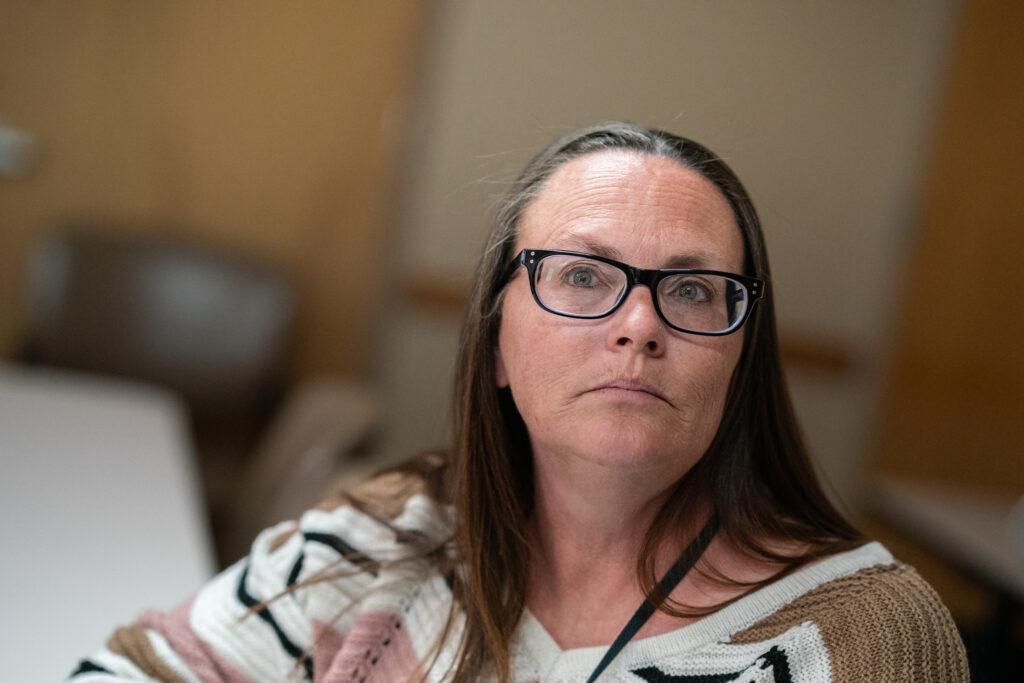
“So those moments that I was a stay at home mom and he’s working agriculture, what would've we even done? I don't even know,” she said, when asked about what it would have meant for her family to not have health insurance provided through Medicaid. “Now that I think back, what would have we done? We would've had to pay out of pocket.”
Or go without. The program covers health care for one in five Coloradans, more than a million people.
That includes children in foster care.
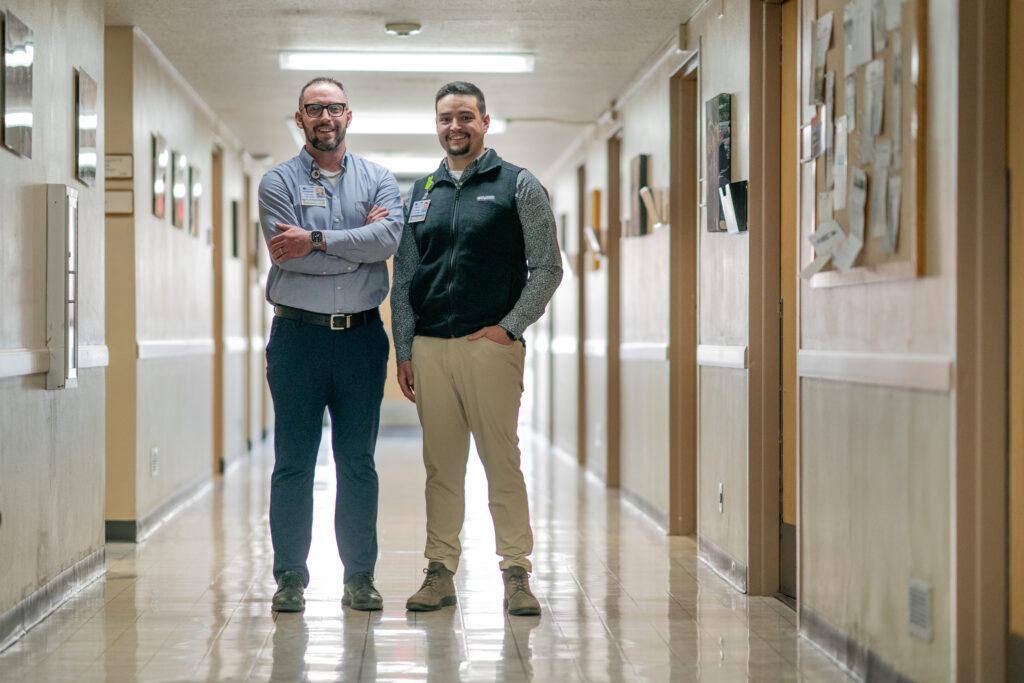
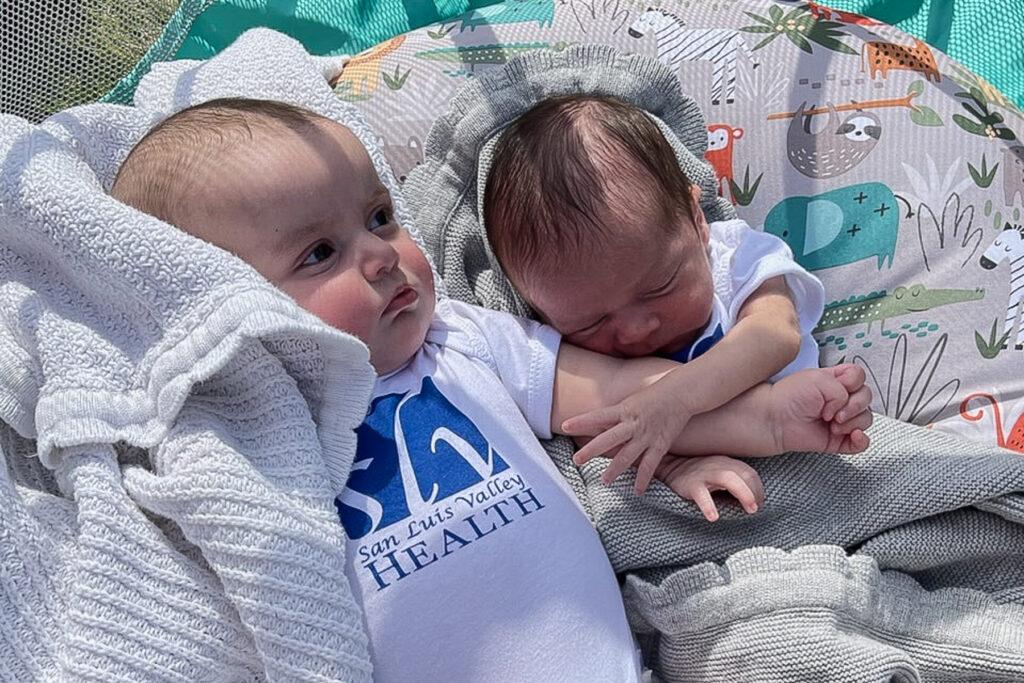
“We've had 13 kids in and out of our home, six of which have been born here at this hospital with drugs in their system,” said Chance Padilla, a foster parent. “Medicaid has played a huge part in just being able to give them the normal life that they deserve.”
He and his husband, Chris, who are both clinic managers, get reimbursed by Medicaid for the costs of providing for the kids that have lived with them. “These kids require a lot of medical intervention,” said Chance Padilla.
The program also covers mental health services for foster children. “At one point, we had a preteen that needed to be seen three times a week by a mental health professional,” Chris Padilla said. “There's no way that we could have done that without Medicaid.”
What happens to cancer and maternity care?
San Luis Valley Health’s lobby is modern, red-brick and glass. Down a hallway, you can find its cancer center. Patients come here for transfusions. Nurse Amy Oaks showed how they’re honored when their treatment is completed, with the celebratory ringing of a bell.
"It's just a happy time,” said Oaks. “It's exciting. It gives you the chills, makes you cry.”
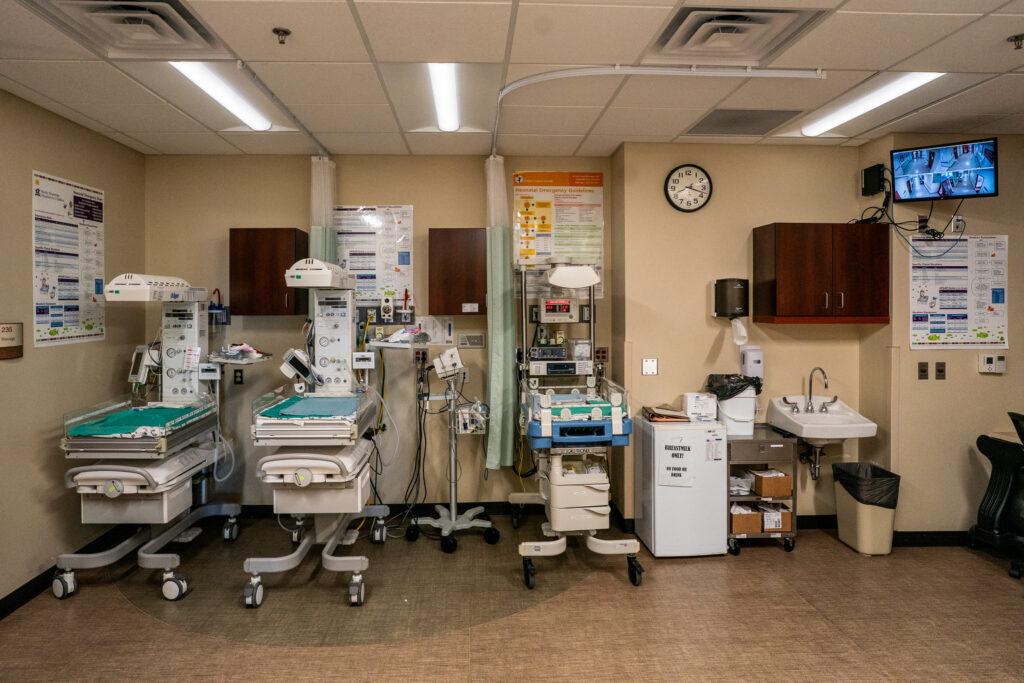
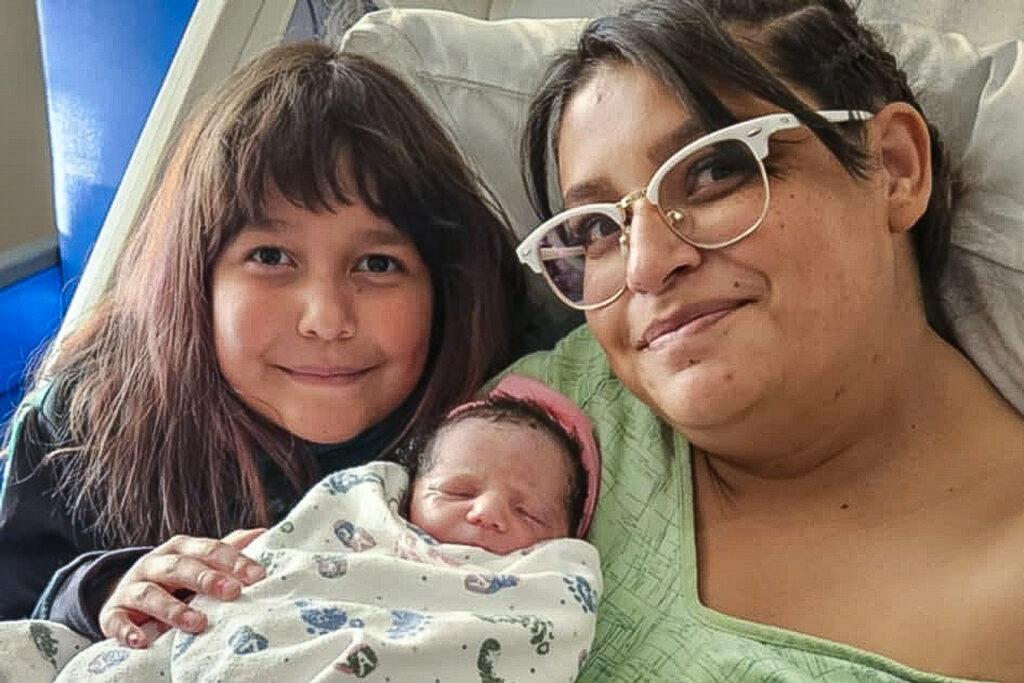
But hospital staff and administrators wonder about the pressure deep cuts would put on the hospital’s ability to keep the cancer center running.
“It could be pretty dramatically affected,” said Dr. Carmelo Hernandez, the chief medical officer.
His specialty is obstetrics and gynecology. The hospital also has a labor and delivery unit, the kind rural hospitals nationwide have struggled to keep open.
“If we don't have obstetric services here, then where are they going to go?” Hernandez asked. “They're going to travel an hour and 20 minutes north to Salida to get health care, or they can travel to Pueblo, another two hour drive over a mountain pass to get health care.”
Tiffany Martinez, a 34-year-old mom of four who works with kids who have disabilities, has considered that dilemma.
She gave birth to her daughter, Esme, three weeks ago. The pregnancy was high risk, requiring twice a week ultrasounds and stress tests at the hospital. She’s enrolled in Medicaid and said it’s critical for many moms in the valley.
“Everything down here is low pay,” said Martinez. “It's not like we have money to just be able to pay for the doctor. It's not like we have money to travel often to go to the doctor, so it's definitely beneficial.”
About 85 percent of the hospital’s labor and delivery patients are covered under Medicaid. As the program has expanded over the years, many of the patients who got added were married women from working families.
“It impacted the whole family because of course that's a little nucleus then that grows with the care of the family and the wellbeing of the family,” said Christine Hettinger Hunt, the hospital’s chief operating officer.
Hospital heals, but also employs
The hospital is by far the valley’s largest employer, 750 people work there.
One of them is Dr. Clint Sowards, a primary care physician. He grew up in the region, went away for school and came back to a good-paying job. Sowards said a loss of Medicaid funds will make it harder to attract new health providers.
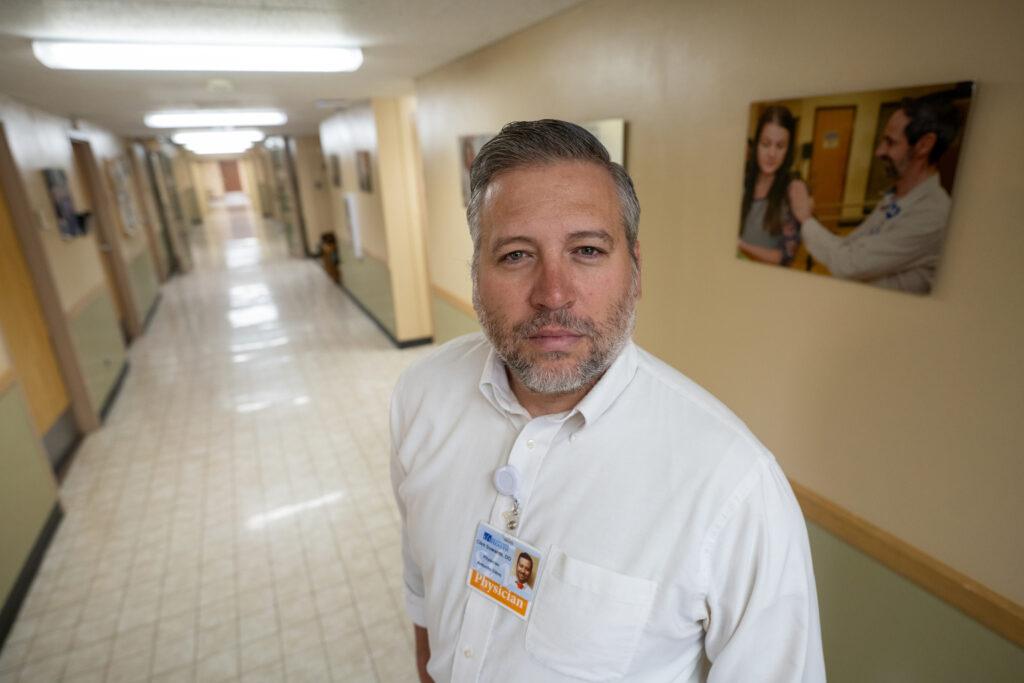
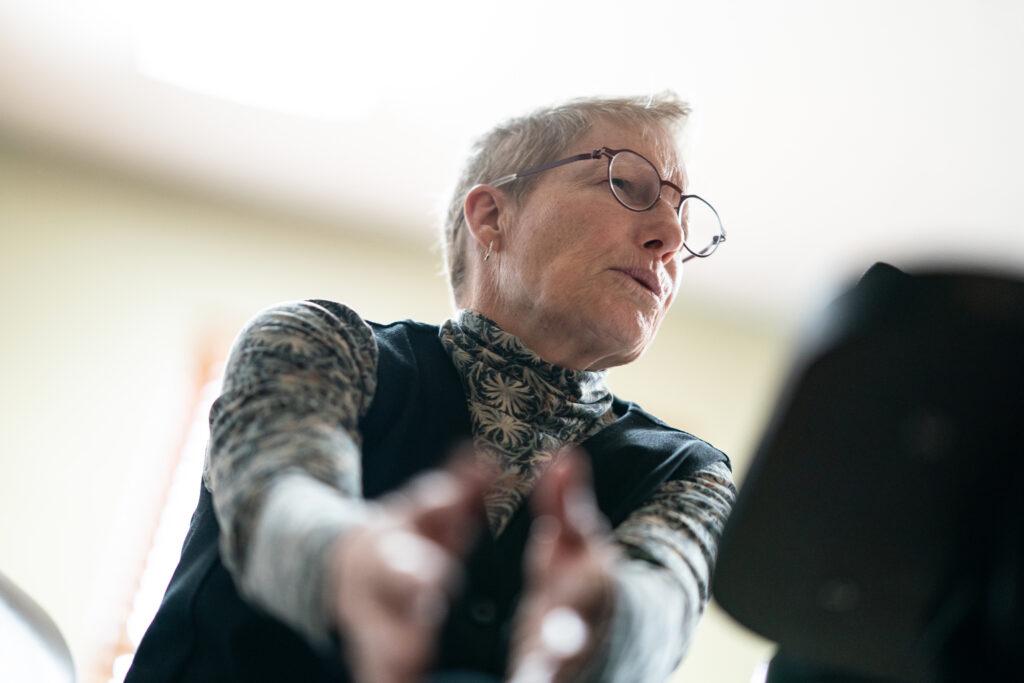
“Especially with needed health care services, certain specialties are no longer available,” Sowards said. “People will have to leave. They will have to leave the San Luis Valley.” Dr. Kristina Steinberg is a family medicine physician with Valley Wide Health Systems, a network of small clinics serving thousands. She said Medicaid covers most nursing home residents. “If seniors lost access to Medicaid for long-term care, we would lose some nursing homes,” she said. “They would consolidate.”
The program also pays for vaccines for children. In two nearby communities, Colorado recently recorded its first cases of measles this year, which is highly contagious, something not lost on Steinberg.
“If you are on Medicaid, you don't have any insurance, you pretty much qualify for free vaccines for children,” she said. “And I can see our vaccines dropping off dramatically if people have to pay for vaccines, because some of them are very expensive.”
Medicaid is at the heart of the community’s ability to provide care to the broader population, administrators and providers said.
“We really utilize Medicaid as sort of the backbone of our infrastructure,” said Audrey Reich Loy, a licensed social worker, who is the hospital's director of programs. “It doesn't just support those that are recipients of Medicaid, but as a result of what it brings to our community, it allows us to ensure that we have sort of a safety net of services that we can then expand upon and provide for the entire community.”
Seeking more efficiency
Republicans in Congress say they want to save money and make the government more efficient. Their budget would cut taxes by trillions of dollars — and possibly cut social safety net programs like Medicaid.
Many in this region voted for President Trump — 54 percent in Alamosa County. Hernandez admits Medicaid cuts could give people here second thoughts.
“He's potentially affecting his voter base pretty dramatically,” said Hernandez, noting politics is a sensitive topic that he mostly doesn’t discuss with patients. “I can't imagine that hasn't crossed some people's minds.”
Sowards, the family medicine physician, says he’s baffled by the idea of potentially slashing Medicaid spending. He understands the diagnosis of an ailing and expensive national health care system. But he doubts the cure.
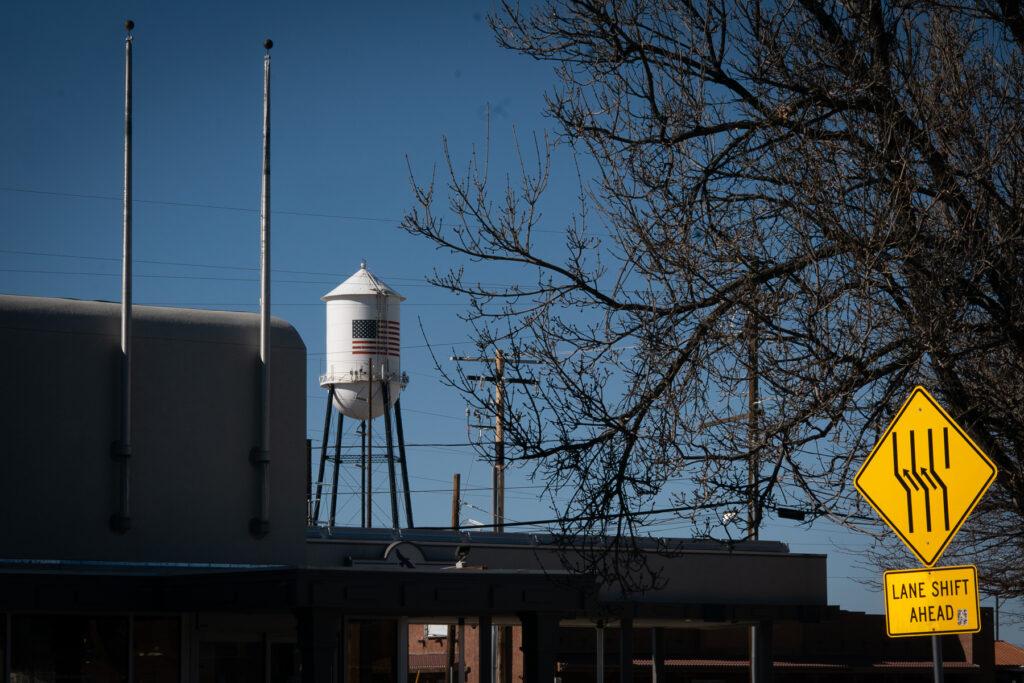
“Just because we fall and break our wrists and our wrist is broken, doesn't mean that we need to cut off our arm, okay?” he said. “Losing Medicaid would have drastic repercussions that we can't foresee.”
Hospital CEO Konnie Martin agreed, saying if deep cuts go deep enough the sustainability of the hospital and more could be in doubt. “If those kind of cuts were to go through, it would essentially shut down rural health care,” Martin said. “Probably across the whole country, certainly across rural Colorado.”
Local economy depends on health care
Deep Medicaid cuts could pack a punch for the region’s economy as well.
Alamosa is at the hub of the San Luis Valley. It has a main street in the midst of revitalization. It has hotels, restaurants, shops and a coffee shop called Roast Cafe.
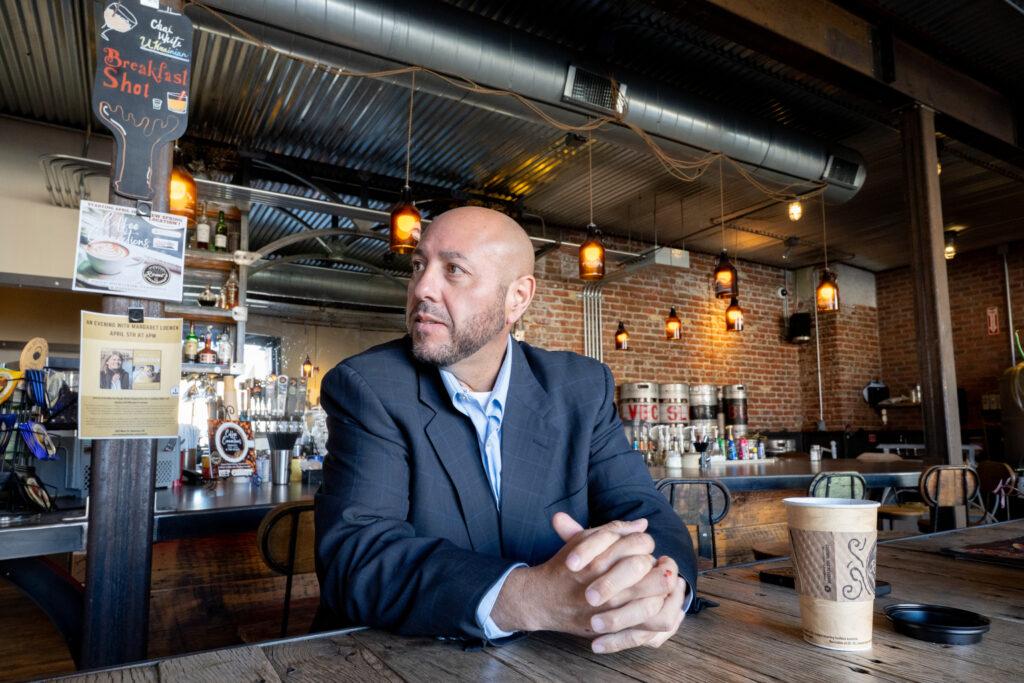
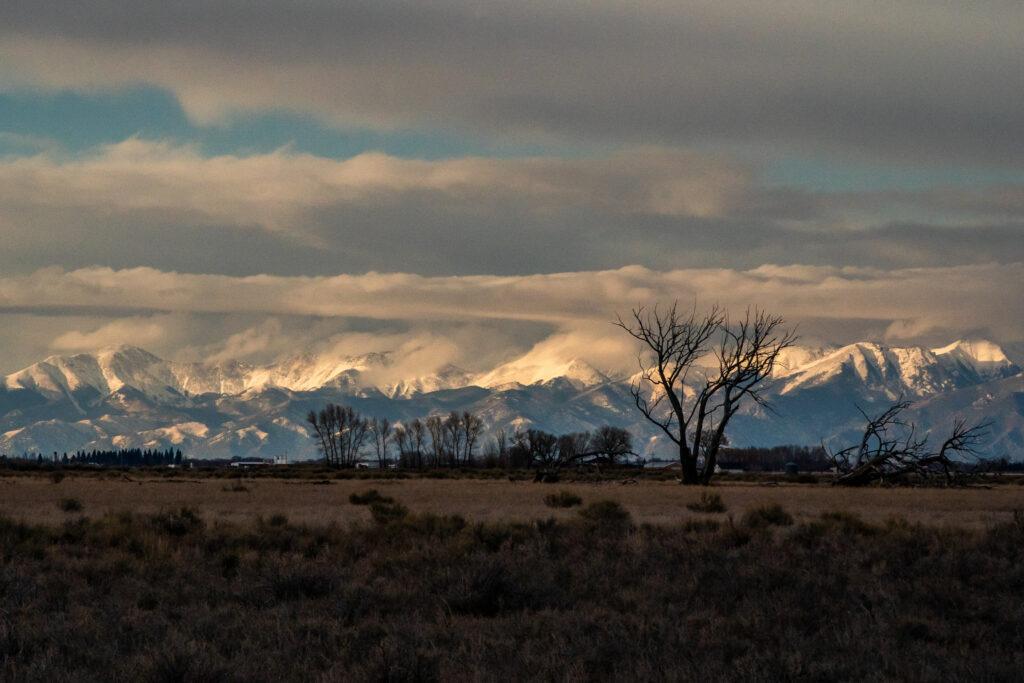
On a recent Wednesday, barista Ethan Bowen prepped a specialty drink called a drooling moose. “It's a white chocolate mocha with a little bit of caramel in there,” he said.
The coffee shop and its adjacent brew pub do pretty good business here in part because of nearby San Luis Valley Health, which is a “huge part of the local economy,” Bowen said.
Joe Martinez is president of San Luis Valley Federal Bank, the valley’s oldest financial institution. It’s on the next block.
He said the valley has three of the poorest counties in the nation. A lot of its people are enrolled in Medicaid “and the individuals that partake in the program don't necessarily have the financial means to travel outside of the San Luis Valley for health care.”
Cuts would hit hard
The hospital’s regional economic impact is more than $100 million a year, with Medicaid accounting for a major part of that.
Martinez said if Medicaid cuts hit the hospital hard, it also affects small businesses and their employees. He said he’s “very worried as to how it affects the entire economy in the San Luis Valley.”
Talk of Medicaid cuts is happening as the region is feeling economic stress from other changes, like cuts to the federal workforce.
The San Luis Valley is home to the Monte Vista National Wildlife Refuge, Great San Dunes National Park and other federal lands.

Martinez said recently laid off federal workers are already coming to banks, “saying, ‘can I find a way to get my next two months mortgage payments forgiven? Or can we do an extension? Or I lost my job, what can we do to make sure that I don't lose my vehicle?’”
Ty Coleman, Alamosa’s mayor, recently traveled to Washington, D.C., to talk to the state’s Congressional delegation. He said his message about Medicaid cuts was straightforward. “It can have a devastating economic impact,” he said.
Coleman put together a long list of possible troubles: more chronic disease and mortality, longer wait times for care, medical debt and financial strain on families.
“It's not just our rural community, but the communities, rural communities, across Colorado as well and the United States,” Coleman said. “And I don't think people are getting it.”
Cuts would also create a ripple effect
Medicaid cuts broadly impact other things, like education.“One of the biggest factors driving state higher education funding down is state spending on healthcare,” said David Tandberg, president of Adams State University, which has roughly 3000 students. It’s next to the hospital and is the region’s next biggest employer.
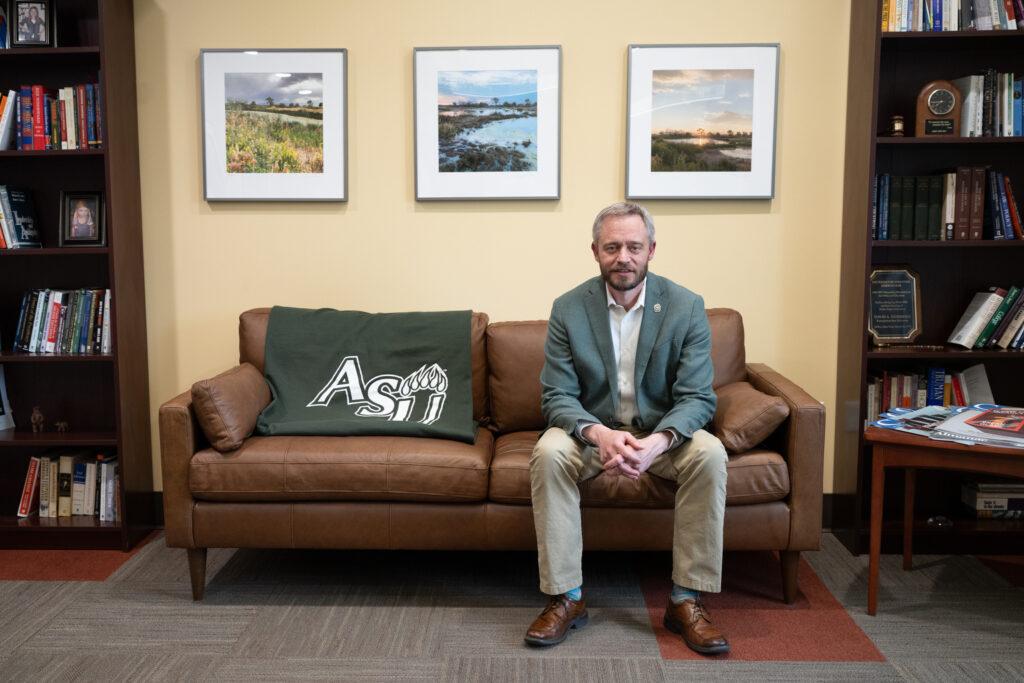
Tandberg said if federal cuts are made to Medicaid, the state of Colorado then has more healthcare services it has to try to fund. This year, Colorado is staring down a billion dollar budget deficit. And universities like his find they’re competing for precious funding. “So anytime I hear about Medicaid cuts, it makes me nervous,” he said.
The topic came up at a recent town hall meeting, attended by dozens of valley residents.
The focus of the event was the whirlwind of impacts from the new administration--to veterans, immigrants, farmers, educators, federal workers and health providers.
“We have a large number of jobs in our community that are in nursing,” said family medicine physician Kris Steinberg. The positions “are in clinic care, are in laboratory services, are in nursing and rehabilitation services, and definitely in the hospital.”
Steinberg told her neighbors if Medicaid cannot help the community provide those services “there will be an economic impact in our community that will touch everyone.”
“I tend to think that as rural America, we're forgotten,” said bank president Joe Martinez.
Back at the coffee shop, he said his community is proud, and it has a lot of needs, many that are met in part by Medicaid. He’s hoping, with Medicaid cuts still on the table, federal officials will see “the trickle down effects that it's going to have on communities, on individuals.”
If they were to see that, “I believe that they would slow things down and make decisions that are proper,” Martinez said, and find a solution to Medicaid funding that everyone can live with.
The critical need for fact-centered reporting and thoughtful conversation has never been greater. If you can support us, we need you. Every gift of any amount sustains the in-depth reporting you depend on. We can't do it with you. Thank you.
